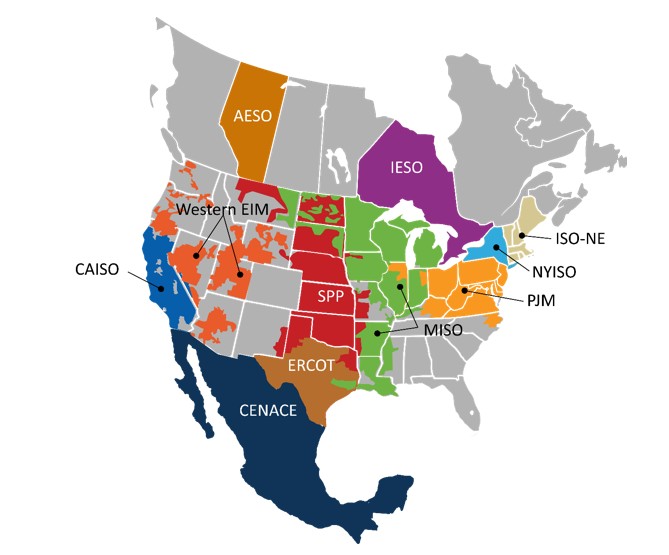An independent system operator (ISO) is a crucial entity in managing the electric grid and facilitating competitive electricity markets. Power ISOs ensure generators have equal access to the transmission system, fostering a fair and efficient energy landscape. This article delves into the role and responsibilities of a power ISO, its governance structure, and its impact on the energy sector.
The Role of a Power ISO in the Energy Market
Traditionally, utilities owned and operated transmission systems within their service areas, controlling access and dispatching generators. This structure created concerns about fairness for independent power producers (IPPs) and marketers. Power ISOs address this by managing transmission owned by others, ensuring non-discriminatory access.
A power ISO’s core functions encompass various aspects of grid management:
- System Operations: Scheduling generation, transmission, and reserves.
- Ancillary Services: Procuring necessary supporting services for grid stability.
- Real-time Management: Monitoring and controlling the grid in real time.
- System Planning: Ensuring long-term grid reliability and expansion.
- Market Facilitation: In some instances, power ISOs also oversee day-ahead energy and forward capacity markets.
These responsibilities contribute to a more competitive wholesale electricity market, promoting efficiency and innovation.
Governance and Regulation of Power ISOs
Power ISOs are non-profit organizations governed by independent boards of directors, ensuring impartiality. In the United States, most power ISOs are regulated by the Federal Energy Regulatory Commission (FERC). A notable exception is the Electric Reliability Council of Texas (ERCOT), regulated by the Public Utilities Commission of Texas.
FERC has also established Regional Transmission Organizations (RTOs), a closely related category. All FERC-jurisdictional ISOs are also certified as RTOs.
 alt
alt
Map illustrating the geographical coverage of independent system operators across North America. The Western Electricity Coordinating Council (WECC) is facilitated by the California Independent System Operator (CAISO).
International Power ISO Equivalents
Globally, many regions have separate organizations for system operations, market facilitation, and planning instead of a single power ISO. Common examples include Transmission System Operators (TSOs) for grid management and Power Exchanges (PXs) for market operations. However, some countries have entities similar to power ISOs, such as:
- Australian Energy Market Operator (AEMO) in Australia.
- Power System Operation Corporation (POSOCO) in India.
- Operador Nacional do Sistema Elétrico (ONS) in Brazil.
- Compañía Administradora del Mercado Mayorista Eléctrico (CAMMESA) in Argentina.
Conclusion: The Importance of Power ISOs
Power ISOs play a critical role in maintaining a reliable and competitive electric grid. By ensuring fair access to transmission and facilitating efficient market operations, they contribute to a stable and innovative energy sector. Their independent governance and regulatory oversight further enhance transparency and accountability within the electricity market.
